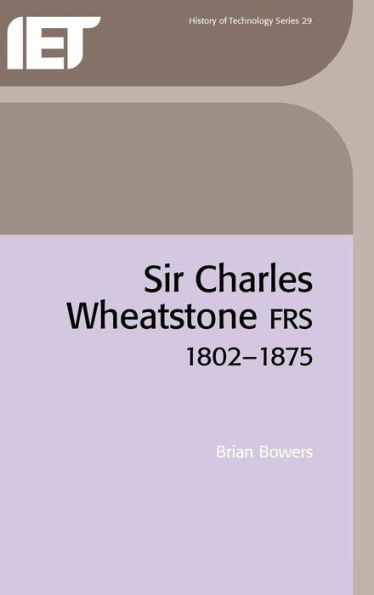Wheatstone was a major figure in Victorian science, making contributions in the fields of optics and acoustics as well as electrical engineering. He had an encyclopaedic knowledge of the scientific literature in several languages, and made connections which benefited not only his own work but also that of others. His research aided the development of the new King's College London into a centre of scientific excellence. He invented the concertina and the stereoscope, both very popular in the nineteenth century. He is usually remembered for the Wheatstone Bridge, which he did not invent but publicised in the course of a lecture on measurements. His early attempts to measure the speed of an electric current were inconclusive, but his later studies of signals in submarine cables contributed to the understanding of the effect of capacitance and inductance in cables. He made electric motors, including a linear motor. In his lifetime there was insufficient electric power to exploit them, but his self-excited generator indicated the way ahead.
This fascinating biography celebrates the bicentenary of Wheatstone's birth, and draws on information about the family business as well as letters, including correspondence with Cooke and Faraday, which were not available for the first edition, published by HMSO for the Science Museum in 1975.
Wheatstone was a major figure in Victorian science, making contributions in the fields of optics and acoustics as well as electrical engineering. He had an encyclopaedic knowledge of the scientific literature in several languages, and made connections which benefited not only his own work but also that of others. His research aided the development of the new King's College London into a centre of scientific excellence. He invented the concertina and the stereoscope, both very popular in the nineteenth century. He is usually remembered for the Wheatstone Bridge, which he did not invent but publicised in the course of a lecture on measurements. His early attempts to measure the speed of an electric current were inconclusive, but his later studies of signals in submarine cables contributed to the understanding of the effect of capacitance and inductance in cables. He made electric motors, including a linear motor. In his lifetime there was insufficient electric power to exploit them, but his self-excited generator indicated the way ahead.
This fascinating biography celebrates the bicentenary of Wheatstone's birth, and draws on information about the family business as well as letters, including correspondence with Cooke and Faraday, which were not available for the first edition, published by HMSO for the Science Museum in 1975.

Sir Charles Wheatstone FRS, 1802-1875
256
Sir Charles Wheatstone FRS, 1802-1875
256Hardcover(2ND)

Product Details
| ISBN-13: | 9780852961032 |
|---|---|
| Publisher: | The Institution of Engineering and Technology |
| Publication date: | 11/29/2001 |
| Series: | History and Management of Technology |
| Edition description: | 2ND |
| Pages: | 256 |
| Product dimensions: | 6.14(w) x 9.21(h) x (d) |
